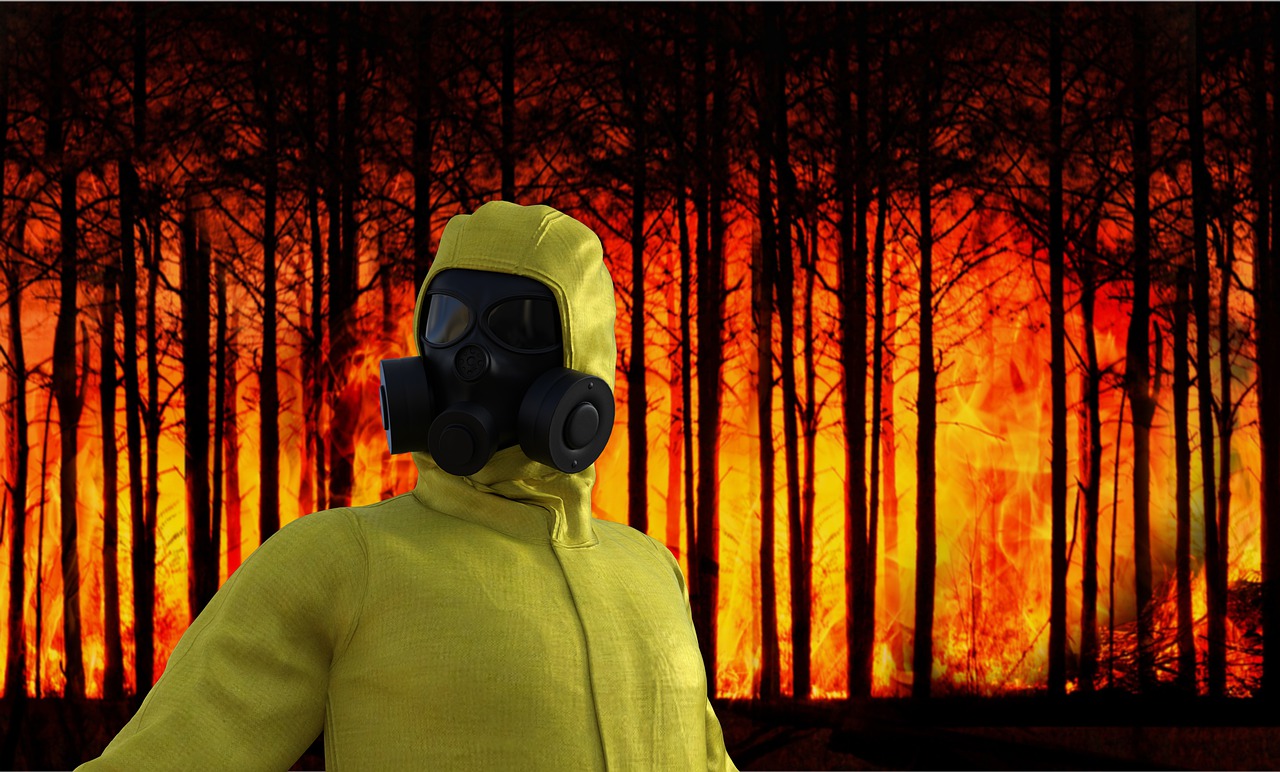
Climate Heating
"Rerouting a fraction of flights may reduce the sooty clouds’ environmental impact"
High-flying jets often create long white lines across the sky. Called contrails, those narrow clouds can vanish within minutes or last for days. Like other clouds, long-lasting contrails can trap heat in the atmosphere. Scientists have found in the last year or two that these contrails can boost the warming of Earth’s atmosphere. But it may be fairly simple to lower that contribution: Just make a few planes fly higher throughout much of their route.
Engineers in England recently studied flights and contrails in a high-traffic part of the sky above Japan. Along the way, they turned up a surprising pattern. About 80 percent of the warming from contrails came from just 2 percent of the flights.
“The fact that it’s such a small [number] of flights means we think it’s a feasible solution,” says engineer Marc Stettler. He led the study and works at Imperial College London.
Sending just 1.7 percent of flights to a higher altitude should lower the atmospheric-warming impact of contrails by 59 percent, his team calculates. If those planes fly higher and use more efficient ways to burn fuel, the scientists predict that the warming impact could drop by more than 90 percent.
Not just any flights should be changed. “We only looked at diverting a flight if the number of the planes in the sky was low,” he says. “[With fewer flights] late in the evening, for example, we have more space to move planes around.”
Jets contribute to climate change in at least two ways. Both come from burning fuel.
First, they spew carbon dioxide, a greenhouse gas. Greenhouse gases trap heat in the atmosphere. That can lead to higher temperatures.
Second, they emit tiny particles of black carbon, known as soot. These particles act as seeds for cloud-forming. “Water molecules in the air are looking for a surface on which they can condense,” Stettler explains. The most difficult challenge in his study, he says, was estimating the size of those soot particles — and then linking those to the making of new clouds.
That’s the “cruising altitudes” of long-distance jets. When the air up there is saturated with moisture, molecules of water vapor can condense onto the soot particles. This forms ice crystals. And if there are enough of them, they appear as contrails.
However, the science of cloud formation is complex. Researchers can’t always predict when these clouds will form or how long they’ll stick around.
“It’s a hard-nosed scientific problem,” says Bernd Kärcher. He did not work on the new study. He’s a physicist who studies cloud formation at the DLR Institute of Atmospheric Physics in Oberpfaffenhofen, Germany. His research has linked soot particles to contrail formation.
Scientists have been looking for links between contrails and climate since the 1970s. These high clouds reflect sunlight back into space, which has a cooling effect. But they also act like a thermal blanket. That holds heat in the atmosphere. The effect of the trapped energy far exceeds that of the reflected light.
Kärcher says reducing the contrails’ role in global warming is an important issue. The number of airline flights increases every year. “Aircraft emissions might rise dramatically within the next decades,” he says. As a result, he argues, every tiny drop in the heat that contrails add to global warming matters.
-------------------------------------------------------------------------
Contact Us for any query
